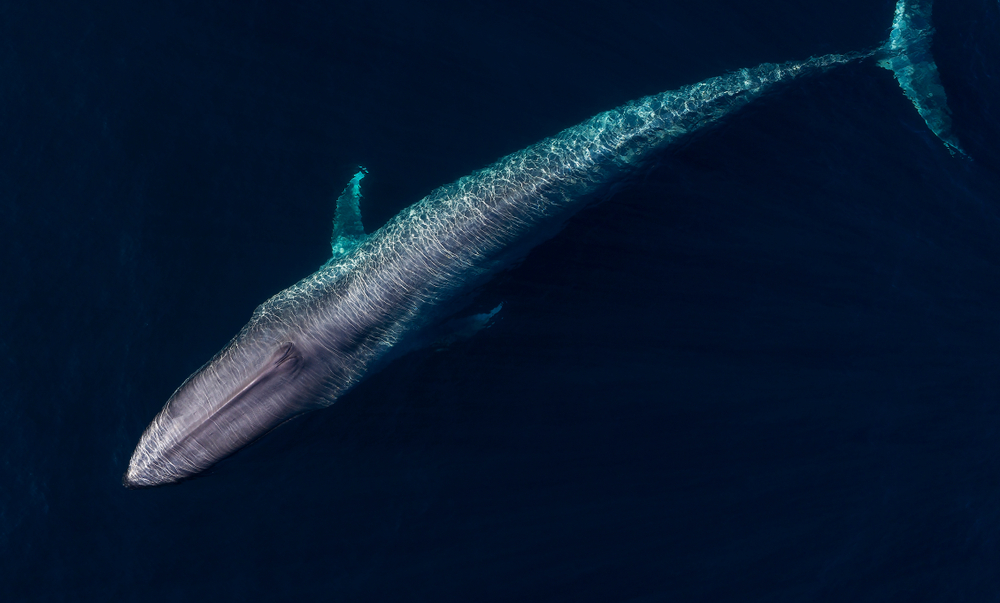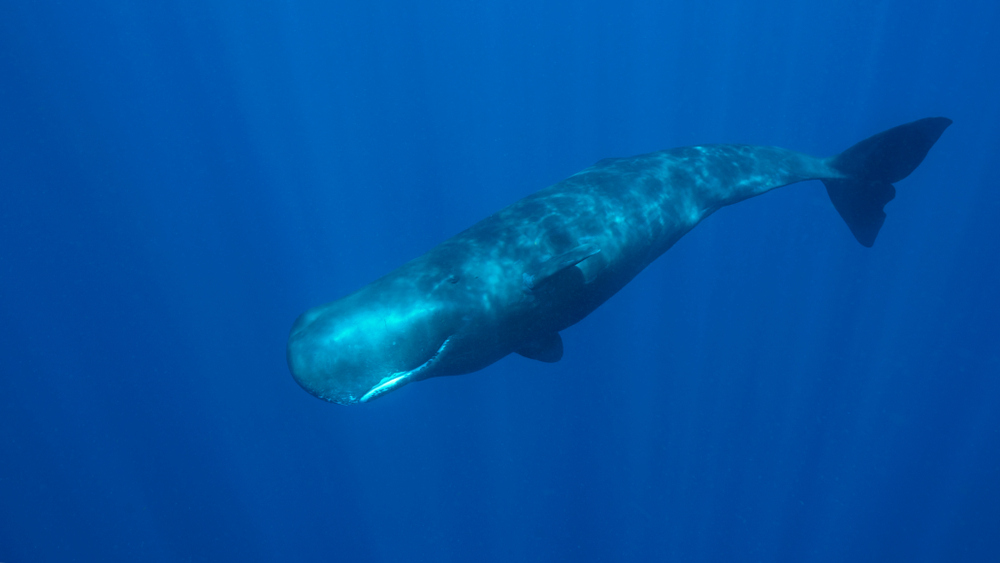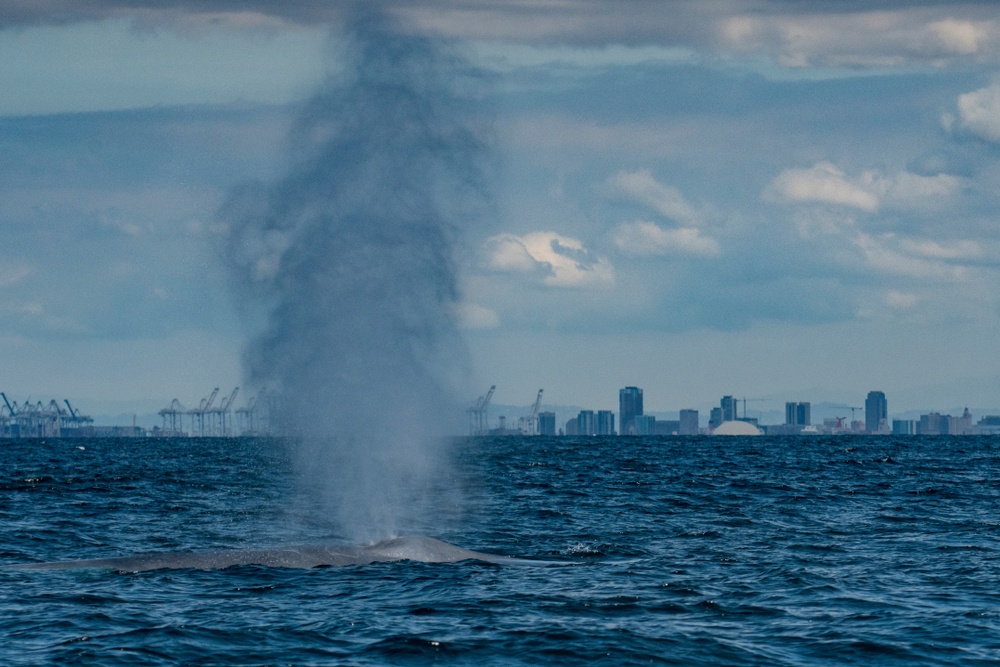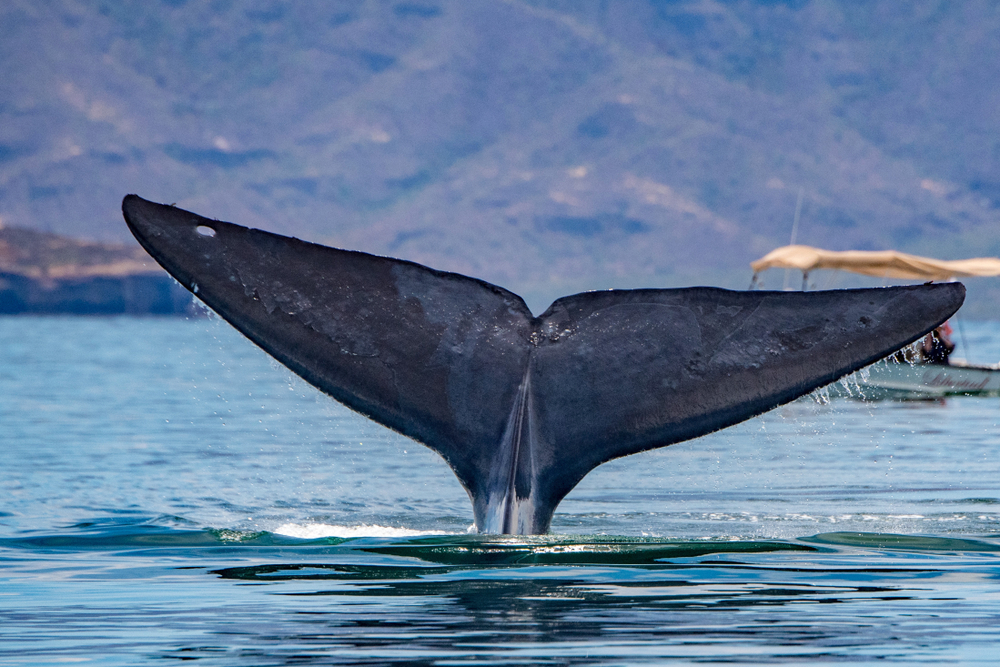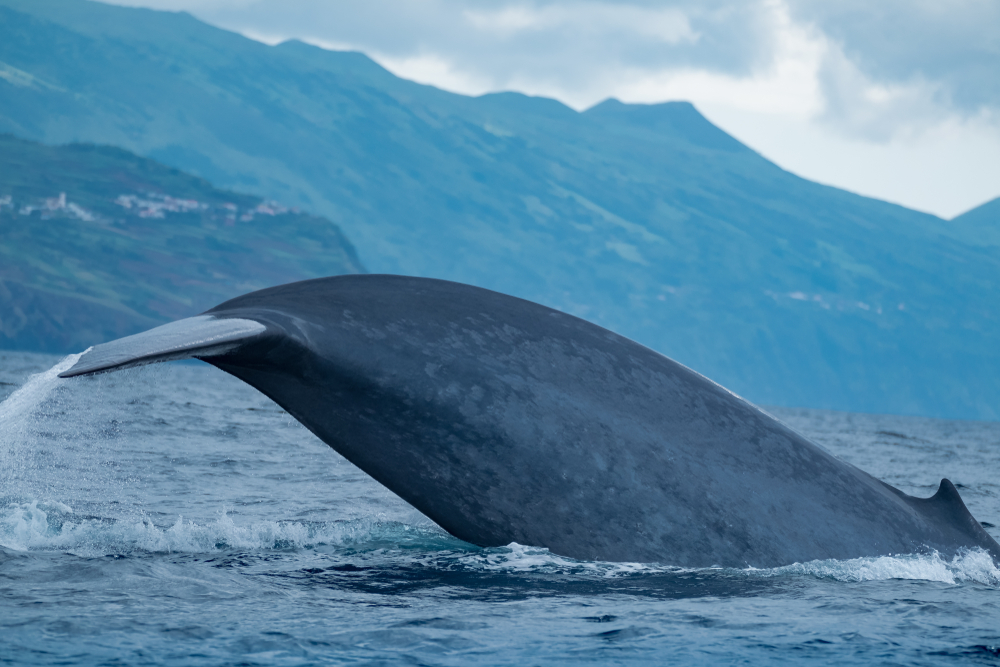Reproduction
The reproductive cycle of the Blue Whale, the largest animal on Earth, is fascinating and closely tied to their migratory patterns and feeding behaviors. Here’s an overview:
Breeding Season: Blue Whales do not have a specific breeding season, as mating can occur year-round. However, peak mating activity often coincides with their migration to warmer waters during the winter months.
Mating Behavior: Male Blue Whales compete for female attention through various behaviors, including vocalizations (songs) and physical displays such as breaching and slapping their flippers on the water’s surface. Females choose their mates based on these displays.
Fertilization: Once a female selects a mate, mating occurs underwater, where the male transfers sperm into the female’s reproductive tract. Blue Whales have internal fertilization.
Gestation: After fertilization, the female undergoes a gestation period of approximately 10 to 12 months, although precise timing may vary. During this time, the developing calf relies on its mother for nutrients and protection.
Calving: Blue Whales typically give birth in warmer, lower-latitude waters, where the calves have a higher chance of survival. Calving usually occurs during the winter months, following a gestation period that coincides with the previous year’s mating season.
Calf Development: Blue Whale calves are born tail-first and are around 23 feet (7 meters) long at birth, weighing up to 3 tons (2,700 kilograms). They rely entirely on their mother’s milk for nourishment and are weaned after about 6 to 7 months.
Maternal Care: Female Blue Whales provide extensive maternal care to their calves, nursing them with high-fat milk to support rapid growth. The mother also protects her calf from predators and teaches it essential survival skills.
Migration and Feeding: After giving birth, female Blue Whales begin their migration back to feeding grounds in colder, nutrient-rich waters. Calves accompany their mothers on this journey, learning to feed on krill, small fish, and other prey species.
Sexual Maturity: Blue Whales reach sexual maturity between 5 and 15 years of age, depending on factors such as size, health, and environmental conditions. Once mature, they participate in the mating cycle, continuing the reproductive process.
Population Dynamics: Blue Whale populations face threats from habitat degradation, pollution, climate change, and ship strikes. Conservation efforts focus on protecting critical habitats, mitigating human impacts, and monitoring population trends to ensure the long-term survival of these magnificent marine mammals.



































































